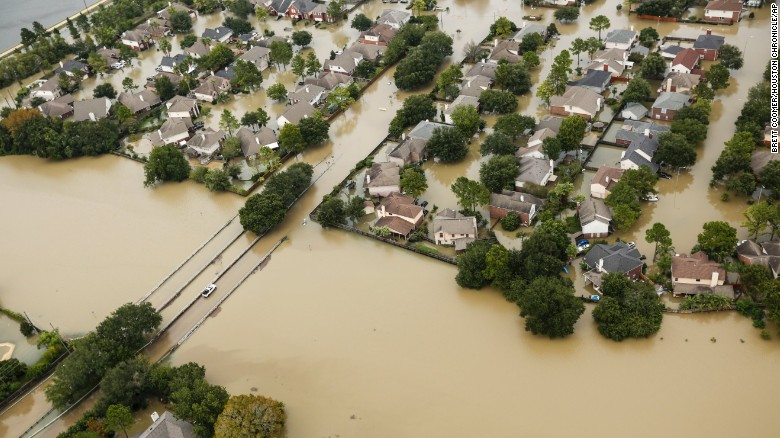

“Employees love the system,” said Scott Thompson, Novartis director of security engineering. All told, Novartis sent 122,000 individual messages during Sandy. Novartis’ Instant Alert messages offered employees the option to work from home or use “hotel” spaces on the main campus. Novartis sent Instant Alert messages by business unit and building, so only the people who needed information regarding power outages or closures received them. For employees who were safe and able to work, Novartis’ next goal was to keep them productive by providing information on work locations.ĭuring Sandy, the leased buildings at Novartis experienced power outages and closed right after the hurricane hit shore, while most of the other campus buildings were open for work. Novartis’ first goal was to ensure employee safety, offering information on shelter, showers, phone charging stations and fuel availability. Headquartered in Basel, Switzerland, Novartis has a campus in New Jersey comprised of over 30 buildings across 180 acres, plus off-site leased buildings. In addition to using Instant Alert to send information to ensure employee safety, Novartis, a health care solutions provider, used Instant Alert during the storm to maintain employee productivity. Novartis Remains Productive With Instant Alert Throughout the storm, Instant Alert was used in a variety of ways - and for a variety of purposes - to help organizations deliver notifications to ensure that people were informed and safe. Because organizations could not depend on any one specific communication channel, Instant Alert’s ability to contact people on multiple devices simultaneously became vitally important. Telephone line issues meant landline phones couldn’t be relied on either. Power outages affected the ability to send and receive email and phone calls, while sporadic cell phone service compromised text messages and phone calls. With power outages and sporadic cell phone service common, finding a reliable way to communicate with people to ensure safety was perhaps the biggest challenge many organizations and public entities faced. Some areas were without power for 13 days or longer once the storm was in full force. 29, 2012, and was the largest hurricane to ever hit the mid-Atlantic and Eastern Shore of the U.S. Hurricane Sandy reached land the week of Oct. KEEPING PEOPLE INFORMED AND SAFE IN THE EYE OF A HURRICANE

Used by more than 530 organizations in a dozen states during Sandy, Honeywell Instant Alert® sent over 7 million messages that included details on school, business and government closures comfort station locations and more to keep people up-to-date and out of harm’s way.


 0 kommentar(er)
0 kommentar(er)
